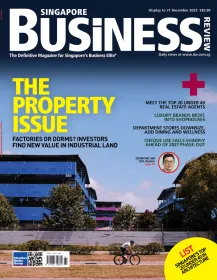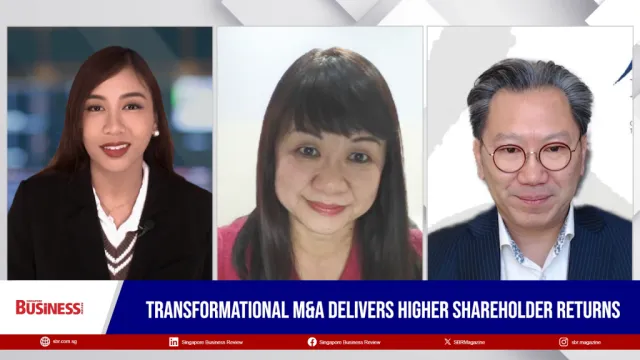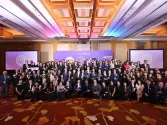Join the community
Thought Leadership Centre
Most Read
1. Finance leaders flag governance risks with fast growing fintech systems 2. Why AI governance is a key priority for financial institutions 3. Foreign institutions pursue market entry as Japan strengthens fintech rules 4. Payment leaders push for interoperability to solve SME cash flow 5. Five takeaways from day 1 of the Singapore Fintech FestivalResource Center
Awards
Mar
24
Event News
Energy & Offshore
Tuas Power to complete Singapore’s first 100% biomass conversion by 2028
The landmark project will cut one million tonnes of carbon emissions annually.


 Advertise
Advertise



















Commentary
Ways to avoid buyers’ remorse
Ways to avoid buyers’ remorse
Singapore’s top talent issues for 2012
Get ready for the productivity challenge in 2012
5 things you need to know to be recession-proof
Do Singaporeans prefer machines over people?
Why I don't want to be SMRT's CEO right now
5 critical things SMRT failed to do for crisis management
How digital increases your business
What will happen when an earthquake hits Singapore?
Start creative, stay creative
What's a better communication tool than email?
Untapping the social media potential
Public Relations or Advertising?
Another way to take care of your employees
Become the consumer
What makes a business ‘un-sustainable’
How to hit the headlines – tips to get the Editor’s attention